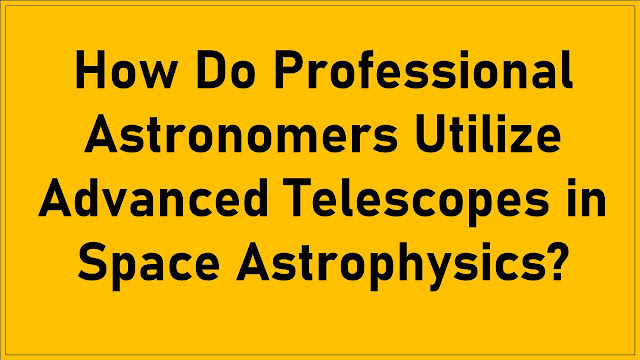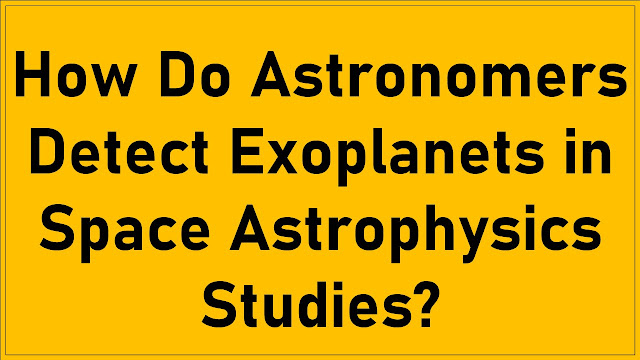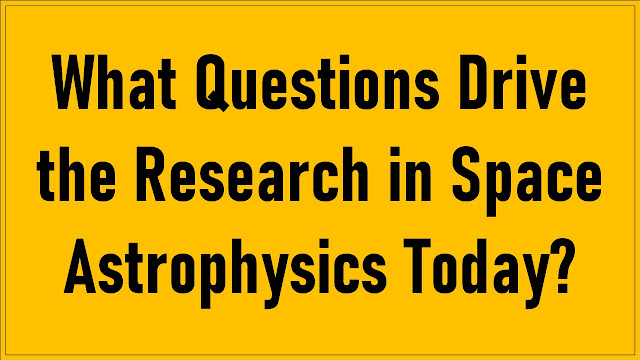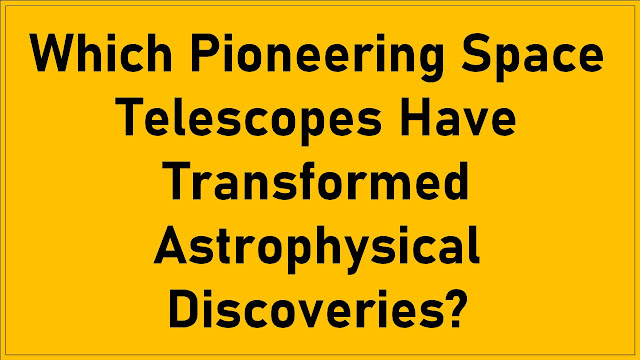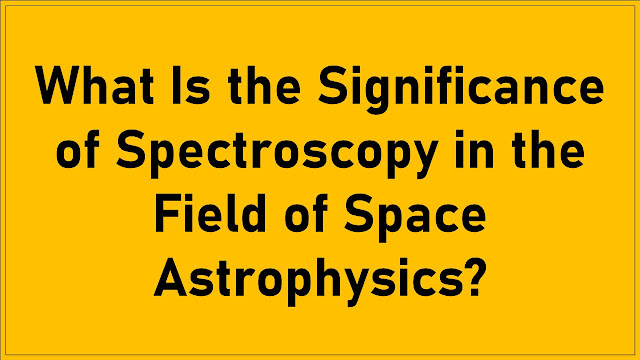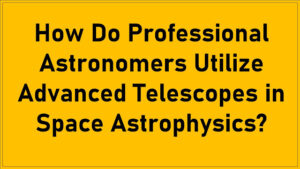
Introduction.
In this article, I’ll delve into the captivating realm of space astrophysics, where the cosmos reveals its most profound secrets through the lens of advanced telescopes situated beyond Earth’s atmosphere. Professional astronomers, equipped with cutting-edge instruments, embark on a cosmic journey to unlock the mysteries of the universe, employing these sophisticated telescopes as their guiding light. These telescopes, perched in the vast expanse of space, offer a unique vantage point, free from the interference of our planet’s atmosphere, enabling astronomers to explore celestial phenomena with unprecedented clarity and precision.
As we navigate through the intricacies of space astrophysics, we’ll uncover the pivotal role played by these space-based telescopes in reshaping our understanding of the cosmos. From peering into distant galaxies and capturing the birth of stars to probing the enigmatic nature of black holes, professional astronomers leverage the remarkable capabilities of these telescopes to advance our knowledge of the universe and propel humanity’s quest for cosmic enlightenment. Join me on this celestial voyage as we unravel the fascinating ways in which these advanced instruments have revolutionized the field of space astrophysics.
- Observing distant galaxies and celestial objects with precision instruments.
- Studying cosmic phenomena, such as black holes and supernovae events.
- Analyzing data to uncover the universe’s secrets and evolution.
- Investigating exoplanets and potential habitable environments beyond our solar system.
- Monitoring space weather and cosmic rays for Earth’s protection.
- Collaborating on international space missions to expand our knowledge.
Observing Distant Galaxies and Celestial Objects with Precision Instruments.
Professional astronomers harness the power of advanced space telescopes to observe distant galaxies and celestial objects with unparalleled precision. These telescopes, positioned in space to avoid the Earth’s atmosphere’s distortion and interference, offer a crystal-clear view of the cosmos.
One key use of these telescopes is to study the most distant galaxies in the universe. By capturing light that has traveled billions of years to reach us, astronomers can peer into the past and observe galaxies as they were when the universe was young. This helps in understanding the early stages of galaxy formation and the evolution of the cosmos.
Additionally, these precision instruments are instrumental in studying other celestial phenomena, such as quasars, pulsars, and even star clusters. They enable astronomers to capture high-resolution images and gather spectral data, allowing for detailed analysis. This, in turn, aids in deciphering the nature and properties of these objects, shedding light on their origins and behavior.
Studying Cosmic Phenomena, such as Black Holes and Supernovae Events.
Advanced space telescopes are invaluable tools for professional astronomers when it comes to studying some of the most enigmatic and explosive phenomena in the universe, including black holes and supernovae events.
Black holes, which are regions of space with incredibly strong gravitational pull, are notoriously difficult to observe directly due to their ability to trap light. However, space telescopes equipped with X-ray and gamma-ray detectors can detect the high-energy radiation emitted by matter falling into black holes. By analyzing this radiation, astronomers can map the structure and properties of black holes, leading to a better understanding of their role in the cosmos.
Supernovae, on the other hand, are massive explosions that occur when certain types of stars reach the end of their life cycles. These events release an immense amount of energy and can outshine entire galaxies for a brief period. Space telescopes provide an ideal vantage point to observe and monitor supernovae across the universe. They capture detailed images and spectra of these events, helping astronomers to classify different types of supernovae and gain insights into the life cycles of stars.
Analyzing Data to Uncover the Universe’s Secrets and Evolution.
Professional astronomers utilize advanced space telescopes not only to capture breathtaking images of the cosmos but also to collect vast amounts of data. This data is a treasure trove of information that allows scientists to uncover the universe’s secrets and trace its evolution over billions of years.
Space telescopes generate data in various forms, including images, spectra, and light curves. These datasets are then meticulously analyzed using advanced techniques and computer algorithms. By dissecting the light from distant stars, galaxies, and other celestial objects, astronomers can determine their composition, temperature, and motion. This analysis helps reveal the conditions in different parts of the universe and how they have changed over time.
Furthermore, the data collected by space telescopes aids in understanding the large-scale structure of the cosmos. Astronomers can map the distribution of galaxies in the universe, identifying patterns and structures that provide insights into its evolution. This data also plays a crucial role in verifying and refining cosmological models, contributing to our understanding of the universe’s origin and future fate.
Investigating Exoplanets and Potential Habitable Environments Beyond Our Solar System.
Space telescopes play a vital role in the search for exoplanets, which are planets orbiting stars outside our solar system. These telescopes employ a variety of techniques, including the transit method and direct imaging, to detect and characterize exoplanets.
The transit method involves monitoring a star’s brightness over time and looking for periodic dips caused by a planet passing in front of it. This allows astronomers to determine an exoplanet’s size, orbital period, and distance from its host star. Space telescopes like Kepler have been instrumental in discovering thousands of exoplanets using this method.
Direct imaging, on the other hand, involves capturing images of exoplanets by blocking out the intense light of their host stars. This technique enables astronomers to study the atmospheres of exoplanets and search for signs of habitability, such as the presence of water vapor or oxygen.
Monitoring Space Weather and Cosmic Rays for Earth’s Protection.
Professional astronomers also utilize advanced space telescopes to monitor space weather and cosmic rays, which are essential for safeguarding Earth and its technological infrastructure.
Space weather refers to the conditions in space influenced by solar activity, such as solar flares and coronal mass ejections. These phenomena can impact our planet by disrupting communication systems, GPS, and even power grids. Space telescopes equipped with solar observation instruments continuously monitor the Sun, providing early warnings of potential solar storms that could affect Earth. This information is crucial for protecting satellites, astronauts in space, and critical infrastructure on our planet.
Cosmic rays are high-energy particles from outer space that can pose health risks to astronauts and passengers on high-altitude flights. Space telescopes with radiation detectors can help monitor cosmic ray levels in space. This data assists in assessing the radiation exposure for space missions and contributes to the development of protective measures for astronauts.
Collaborating on International Space Missions to Expand Our Knowledge.
Professional astronomers often collaborate on international space missions that utilize advanced telescopes to expand our understanding of the universe. These missions involve partnerships between space agencies, research institutions, and scientists from around the world.
One notable example of such collaboration is the Hubble Space Telescope, a joint project between NASA and the European Space Agency (ESA). Hubble has provided stunning images and invaluable data for over two decades, contributing to numerous groundbreaking discoveries in space astrophysics. Its success is a testament to the power of international cooperation in space exploration.
Other missions like the James Webb Space Telescope (JWST), a collaboration between NASA, ESA, and the Canadian Space Agency, are set to push the boundaries of space astrophysics even further. JWST will observe the universe in the infrared spectrum, allowing astronomers to study the early universe, distant galaxies, and the formation of stars and planetary systems in unprecedented detail.
Conclusion.
I hope this exploration of how professional astronomers harness advanced telescopes in the realm of space astrophysics has shed light on the remarkable strides we’ve made in understanding our universe. Through the lens of space-based observatories like the Hubble Space Telescope and the James Webb Space Telescope, astronomers have unveiled awe-inspiring phenomena, from distant galaxies to exoplanets, offering profound insights into the cosmos. These sophisticated instruments have not only expanded our knowledge but have also paved the way for future discoveries that will undoubtedly reshape our understanding of the universe.
In closing, the utilization of advanced telescopes in space astrophysics underscores the relentless human quest to unravel the mysteries of the cosmos. As technology continues to evolve and new observatories take their place among the stars, we can anticipate even more breathtaking revelations. The dedication and innovation of professional astronomers, combined with the capabilities of these cutting-edge telescopes, ensure that our exploration of the universe will continue to push the boundaries of human knowledge, inspiring generations to come.






